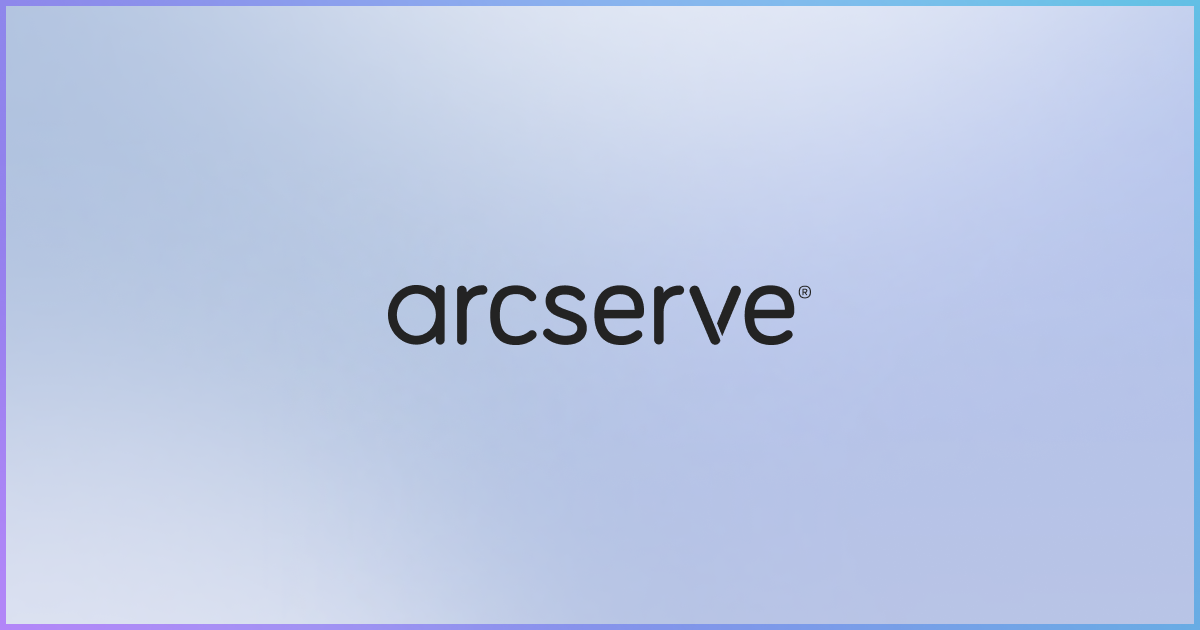5 Essential Features to Look For in Ransomware Protection Software

As if 2020 hadn’t already given businesses enough to worry about, it looks like ransomware gangs are now a thing.
But that’s not all. These gangs are joining forces with each other to form ransomware cartels.
Still not done.
These cartels aren’t content to render our data useless with encryption. Some groups are publicly posting stolen data on their websites for every bad actor in the world to see. That could cause some very unpleasant—and very expensive—legal and compliance issues.
If you don’t already have a solid ransomware protection strategy in place, hopefully that bit of news reveals why it’s imperative to begin establishing one today. To help you get started, we’re sharing a list of five must-have features to look for in an enterprise ransomware protection solution.
These capabilities will not only help your organization avoid the pain and expense of a successful ransomware attack, but they will also detect malicious activity in the event of a breach, strengthen both data protection and cybersecurity, and streamline backup and recovery efforts after a significant security event or outage.
1. Centralized Management of Cybersecurity and Data Protection
Today’s complex IT environments and diverse infrastructures have created siloed systems and applications that are difficult to manage and even more difficult to protect.
Bringing cybersecurity and data protection into a single, central management hub reduces the complexity and security vulnerabilities associated with having multiple vendors supporting multiple tools across your environment.
A centralized console gives you a bird’s-eye view of what is going on within your network, making it easier to monitor systems and applications. Ensuring patches and updates are current is much more efficient when all maintenance is handled from the same place.
2. Exploit Prevention
Cybercriminals use exploits to take advantage of vulnerabilities in software so they can penetrate an organization’s security perimeter. Once inside, it’s easy for an attacker to encrypt data and hold it for ransom. This makes exploit prevention a critical feature to look for when selecting a ransomware protection solution.
Exploit prevention technology protects your network by mitigating exploits in vulnerable applications, protecting critical functions in web browsers, identifying malicious behavior within your system, and detecting when network traffic is being sent to command-and-control servers.
3. Anti-Ransomware Protection
This may seem a bit obvious, but it bears mentioning: Your ransomware protection solution must include advanced anti-ransomware protection tools that monitor and secure the entire attack chain.
For example, the Sophos CryptoGuard feature offers ransomware file protection and automatic file recovery. CryptoGuard monitors your system, looking for processes that are encrypting files. If CryptoGuard determines the encryption is not legitimate, it stops the process and restores the files that were affected.
In addition, the Sophos WipeGuard feature offers ransomware protection for your disks by stopping master boot record attacks.
4. Deep Learning
Deep learning is a more advanced form of machine learning that protects your systems by quarantining suspicious files before they are executed. Deep learning detects malicious files and potentially unwanted applications, even if it has never seen that file or application before.
Deep learning features also enable live protection and false positive suppression to instantly decide whether a suspicious file is a threat and then take the appropriate action. If a suspicious file poses a new, unknown threat, it is automatically submitted to improve future malware detection and reduce the risk of false positives.
5. Backup and Recovery
In an ideal world, your ransomware protection solution will work flawlessly 100 percent of the time. In the real world, ransomware is constantly evolving and becoming more sophisticated, so there will always be a small chance of infection.
Experts warn against paying ransoms, and there is no guarantee that the attackers will give you the key to save your data, even if you pay. So your best line of defense is a good offense.
When deciding on a ransomware protection software, look for a solution with extensive backup and recovery features that will help get your business back up and running quickly should your data be a total loss.
Business continuity is crucial after a crisis, so be sure your recovery plan includes the ability to spin up copies of your physical and virtual systems and manually trigger a failover to remote resources. If you aren’t able to roll back the encrypted files, having heterogeneous, image-based data backups will allow you to do a bare metal restore if needed.
Ransomware attacks are scary, expensive, and even somewhat embarrassing. Not to mention that the fallout from a successful ransomware attack can last for weeks or months. Selecting the right ransomware protection software can provide peace of mind that attackers are unlikely to find a way into your networks and, if they do, you have the tools in place to mitigate damage and recover quickly.
Download Your Guide to a Ransomware-Free Future to learn more about navigating today’s rapidly changing cybersecurity landscape.